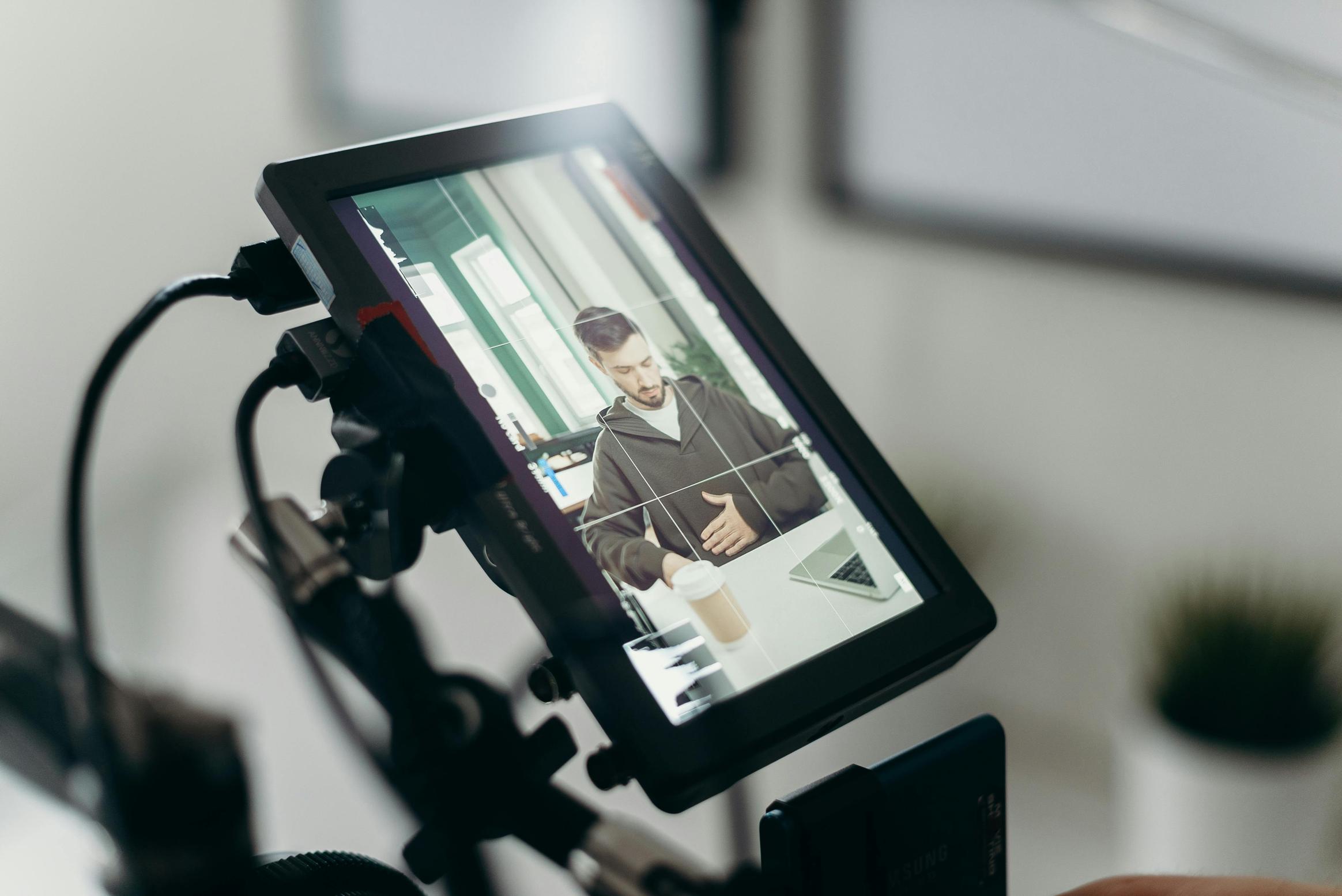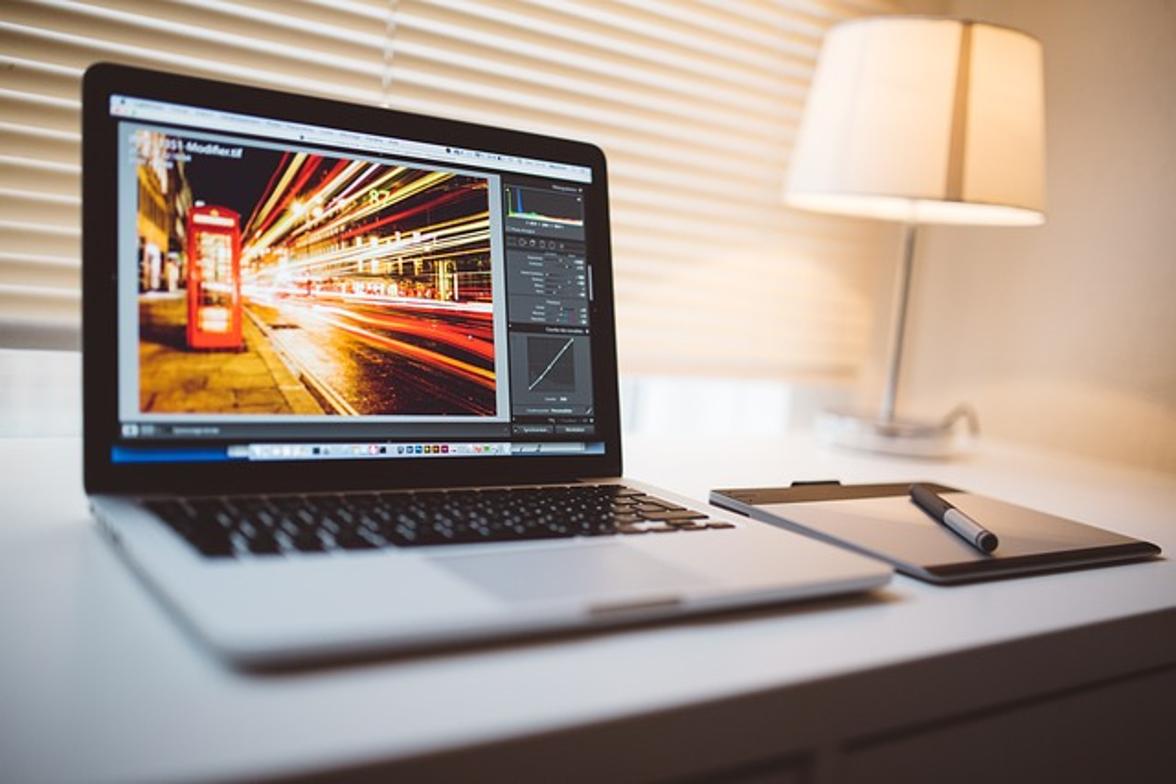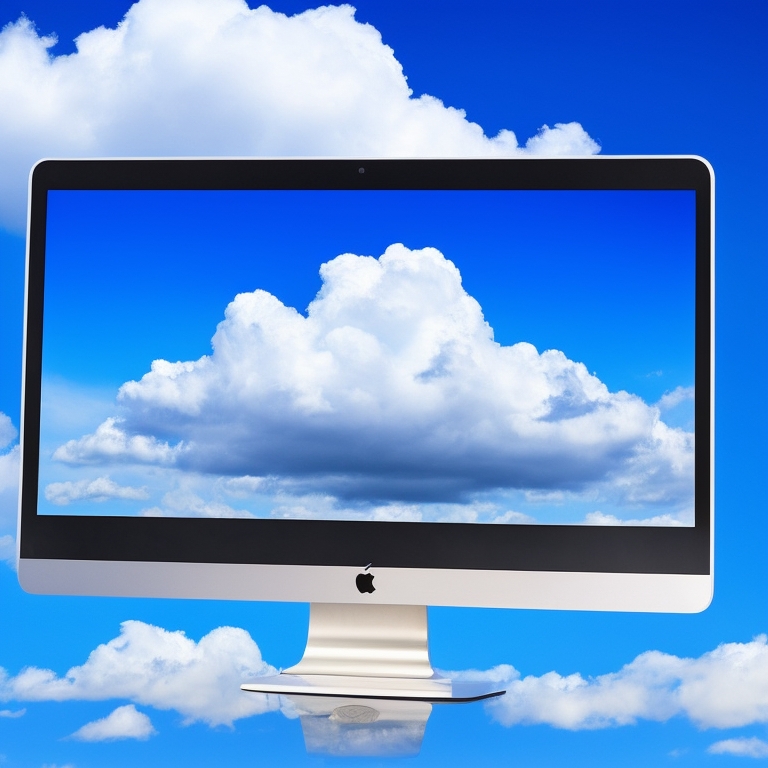How to Record Computer Screen on Mac
Introduction
Recording your computer screen on a Mac can be incredibly useful, whether you're creating tutorials, capturing gameplay, or troubleshooting. This comprehensive guide will walk you through the steps for using built-in macOS tools, QuickTime Player, and third-party software solutions. We'll also cover how to customize and edit your screen recordings, along with best practices and tips to ensure optimal results.

Using Built-in macOS Tools
macOS offers a straightforward way to record your screen without needing to install any additional software. To get started, follow these simple steps:
- Press Shift-Command (⌘)-5 to open the Screenshot toolbar.
- Capture the entire screen, a selected portion, or a specific window.
- Use the options menu to set your preferences, such as microphone input and the file save location.
- Click "Record" to begin your screen recording.
- To stop the recording, click the stop button in the menu bar or press Command-Control-Esc (Escape).
This built-in feature is convenient and sufficient for most basic recording needs.
Recording with QuickTime Player
Another efficient way to record your screen on a Mac is by using QuickTime Player. This method is intuitive and effective:
- Open QuickTime Player from the Applications folder.
- Click File in the menu bar and select New Screen Recording.
- A Screen Recording window will appear. Click the red record button to start.
- Click anywhere on the screen to begin recording your entire screen, or drag to select a portion of your screen to record.
- To stop recording, click the stop button in the menu bar or press Command-Control-Esc (Escape).
- Save your recording by clicking File and then Save.
QuickTime Player offers a simple yet robust way to record your Mac screen efficiently.

Exploring Third-Party Software
For more advanced features, third-party software may be required. These applications offer additional functionalities like editing and customization during and after recording.
OBS Studio
OBS Studio is a free, open-source software for video recording and live streaming. It provides extensive control over the recording settings and supports multiple sources, such as windows, webcams, and microphones.
ScreenFlow
ScreenFlow is a professional-grade tool that costs around $129 but offers extensive features like a built-in editor, media management, and enhanced video tutorials. It's perfect for content creators who need advanced editing options.
Camtasia
Camtasia is another professional tool known for its comprehensive editing capabilities and user-friendly interface. It costs approximately $249, but many users find the advanced features well worth the investment.
Customizing Your Screen Recordings
Customizing your screen recordings can help enhance the final result. Here are a few tips to get the best customization:
- Resolution and Frame Rate: Choose the appropriate resolution and frame rate based on the content and platform where you will share it. Higher resolution and frame rate provide better quality but require more storage.
- Audio Settings: Ensure you select the correct audio source, whether it's a microphone or system audio.
- Mouse Clicks: Highlight mouse clicks to make it easier for viewers to follow along during tutorials.
- Annotations: Add text, arrows, and shapes during the recording to emphasize key points.
- Background Noise: Use noise reduction features to enhance audio quality.
By customizing these elements, your screen recordings will be more professional and engaging.
Editing Your Screen Recordings
Editing your screen recordings can significantly improve their quality. Here’s how you can do it effectively:
- Trim Clips: Cut out any unnecessary parts at the start or end of your recording.
- Add Titles and Transitions: Use titles and transitions to make your video more engaging and easier to follow.
- Incorporate Slides or Images: Add external media to make the content more comprehensive.
- Adjust Audio Levels: Ensure the audio is balanced throughout the video.
- Export Settings: Choose the appropriate export settings based on where you'll publish the video, like YouTube or social media platforms.
Editing improves the quality of your screen recordings, making them more useful and professional.

Best Practices and Tips
To optimize your screen recording experience, consider these best practices:
- Plan Ahead: Outline what you want to cover before you start recording.
- Tidy Up: Close unnecessary applications and windows to reduce distractions.
- Check Settings: Always check your recording settings before you start.
- Practice First: Do a test run to identify any potential issues.
- Backup Recordings: Save and back up your recordings to avoid data loss.
Following these tips can help ensure a smooth and efficient screen recording process.
Conclusion
Recording your computer screen on a Mac is straightforward and offers various methods to suit different needs. From using built-in tools like the Screenshot toolbar or QuickTime Player to exploring third-party software like OBS Studio, ScreenFlow, and Camtasia, there are plenty of options. Customizing and editing your recordings will make them more professional and engaging. By following best practices, you can create high-quality screen recordings with ease.
Frequently Asked Questions
How do I record audio while screen recording on a Mac?
To record audio while screen recording on a Mac, select the appropriate audio source (like a built-in microphone or an external mic) in the recording settings menu before you start.
What is the best resolution and frame rate for screen recording?
The best resolution and frame rate depend on your needs. A resolution of 1920x1080 and a frame rate of 30 fps are generally sufficient for most purposes.
How can I fix screen recording issues on my Mac?
To fix screen recording issues, ensure that your macOS is up-to-date, check your recording settings, close unnecessary applications, and restart your Mac if needed. If problems persist, freeing up space or changing your recording software might help.



